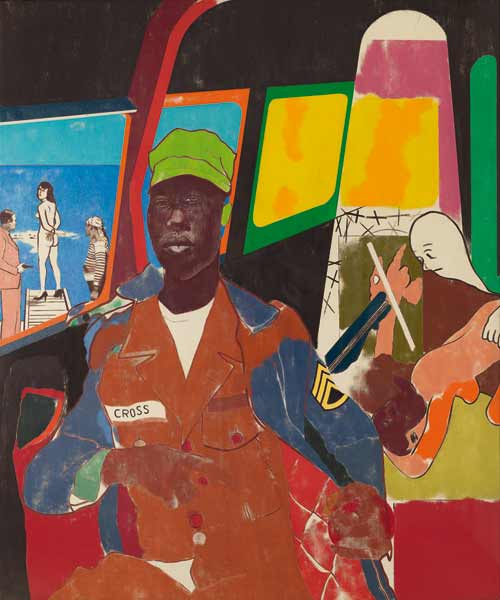Inés Garland’s Novel for Young Adults about Friendship and Love
During the week of October 21 to 27, 2013 the Academy of the Jewish Museum Berlin, in cooperation with Kulturkind e.V., will host readings, workshops, and an open day for the public with the theme “Multifaceted: a book week on diversity in children’s and young adult literature.” Employees of various departments have been vigorously reading, discussing, and preparing a selection of books for the occasion. Some of these books will be introduced here over the course of the next few months.

Why are young adult novels touching in a different way than books for adults? And why are they touching not only for young people?
Is it that the writers of stories for young adults are less embarrassed to use everything they have to elicit strong feelings in their readers?
Barring Harry Potter, I hadn’t read any young adult books since my own adolescence, until reacquiring a taste for them over the course of our reading marathon. A taste for giving myself over completely to the beautiful, tragic, comic destinies of the characters, for succumbing to a story. For example, to the story of Alma in Inés Garland’s book Piedra, papel o tijera [‘Rock, Paper or Scissors’] (in the original Spanish, or Wie ein unsichtbares Band [‘Like an Invisible Ribbon’] in the German edition): → continue reading
During the week of October 21 to 27, 2013 the Academy of the Jewish Museum Berlin, in cooperation with Kulturkind e.V., will host readings, workshops, and an open day for the public with the theme “Multifaceted: a book week on diversity in children’s and young adult literature.” Employees of various departments have been vigorously reading, discussing, and preparing a selection of books for the occasion. Some of these books will be introduced here over the course of the next few months.
 The German cover of the young adult book A Time of Miracles shows a girl balancing in shallow water on a barrel. It strikes me as a pretty, melancholy cover. However, it doesn’t fit the book. (The beach plays no role in the story and the protagonist is a boy.) I hand the book to my 12-year-old daughter and she thinks it looks like a book for adults. My question – whether this is a good or a bad thing – is answered with a shrug.
The German cover of the young adult book A Time of Miracles shows a girl balancing in shallow water on a barrel. It strikes me as a pretty, melancholy cover. However, it doesn’t fit the book. (The beach plays no role in the story and the protagonist is a boy.) I hand the book to my 12-year-old daughter and she thinks it looks like a book for adults. My question – whether this is a good or a bad thing – is answered with a shrug.
Never judge a book by its cover.
Crack it open and read: → continue reading

R.B. Kitaj, Juan de la Cruz, 1967 © R.B. Kitaj Estate. Astrup Fearnley Museum of Modern Art, Oslo
Only now do I realize, really examining my favorite Kitaj painting closely, that Juan de la Cruz also has those explicit and aggressive sexual components so peculiar to his work: naked women are a vehicle for political messages (here about the Vietnam War) and historical episodes, for instance about St. John of the Cross, St. Teresa of Avila, and their Jewish origins, which I find inherently problematic. Despite this, however, I like the painting: the many powerful colors, the deep blue sea under the brilliant blue sky, the green cap on the soldier’s head, and the yellow behind him. The painting and the contradictions it binds together – the soldier’s finely-drawn features beside the sober geometric forms – they emanate something of summer’s optimism.
For more on R.B. Kitaj, see: www.jmberlin.de/kitaj/en
Christine Marth, Publications

